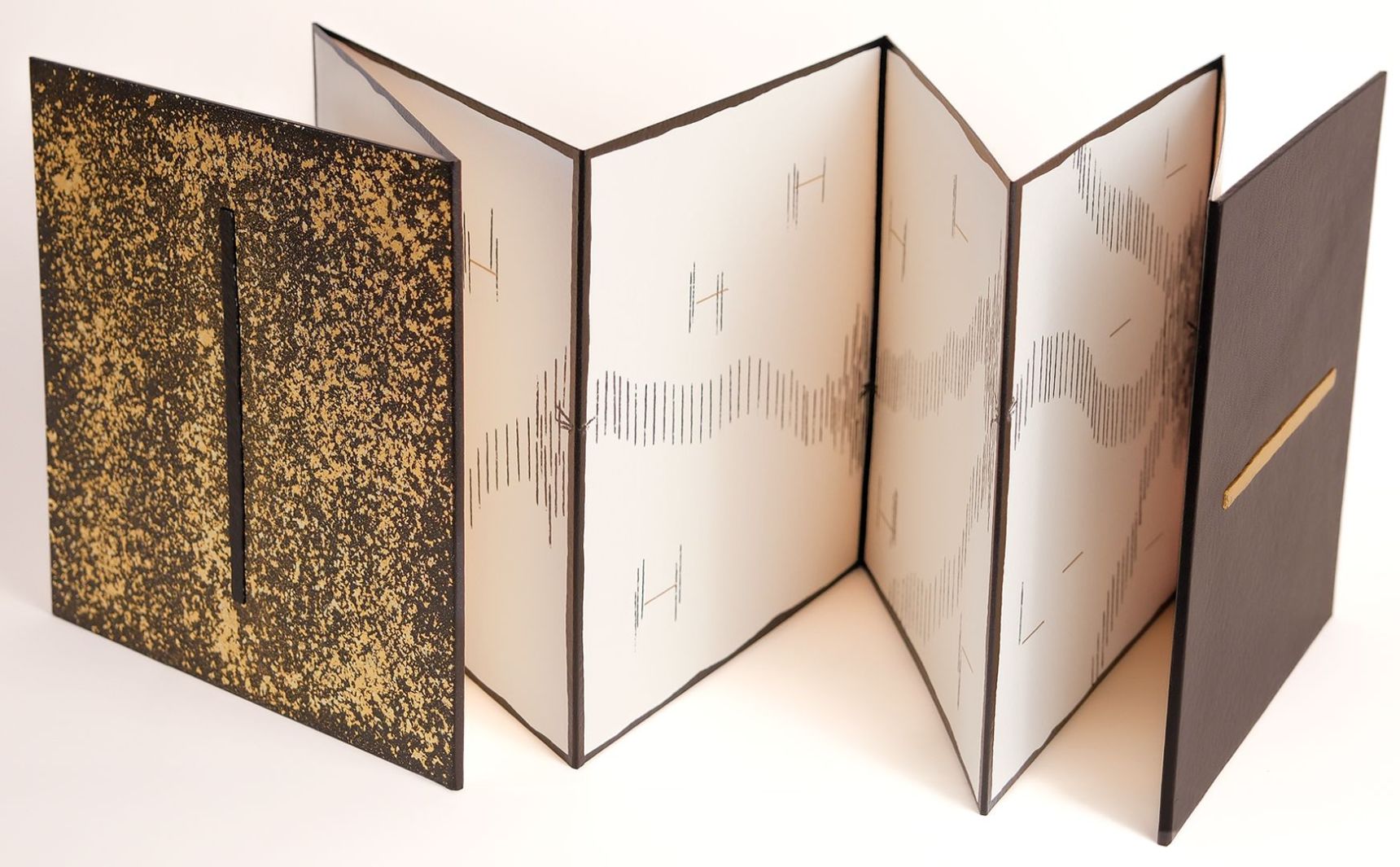
Born from a dark and pure nature into this fertile yet complex world, the Göçer will return to the darkness, enlightened, once its journey is complete. From the moment we are born perhaps guided by instinct, perhaps by a conscious decision we are in a state of perpetual search. Migration is not merely a geographical movement; it is also an effort to make sense of our existence. This book reflects the phenomenon of migration through the lens of the life cycle: the beginning, the journey, the obstacles, the losses, and ultimately, the questioning of the place that is “reached.” The vertical line at the core of this book symbolizes the human will to stand upright, individual existence, and the effort to forge an identity. This line represents the initial moment when we might not yet belong anywhere—sometimes referencing the myth of Adam and Eve, other times the pure starting point of every individual. Each vertical line expresses the “self”: resolute, upright, but filled with unspoken questions. Opposing the vertical line is the horizontal line, representing the values lost or left behind on this journey—even death itself. The horizontal line reminds us that life can fragment and fade at any moment, but these losses can also settle within us as new “lessons.” The golden hue of some horizontal lines emphasizes the value and legacy that arise from loss, highlighting the wisdom these experiences leave behind. Each page is bordered by an irregular black line, reflecting the uncertainty and unpredictability of the obstacles encountered on the path of migration. Its shape is unforeseeable—sometimes difficult to overcome, other times surprisingly easy. These lines suggest that we must consider not only external challenges but also the uncertainties within ourselves. The book’s black and gold covers symbolize the balance of life’s dark and bright aspects. The front cover features a raised black line on a leather background, symbolizing unrealized potential. The golden accents represent the fertile and luminous world into which this potential is born. The back cover includes a horizontal gold line, marking the completion of a cycle and the legacy left behind. The black surface evokes a return to the unknown darkness, suggesting that the cycle may begin anew. The book’s accordion form offers a multilayered narrative, much like migration and human life itself: constantly moving forward while always allowing room to return. It reflects the intertwined nature of temporal and spatial transitions, creating a flow that seamlessly combines progress and reflection. This book underscores that migration is not merely a geographical relocation but also a journey of inner transformation. Migration involves leaving behind what we know or building a new identity, fusing instinct, planning, hope, and uncertainty. Each obstacle presents an opportunity for self-reflection. The golden transformation of the horizontal line reminds us of the wisdom and growth that can emerge from loss. Every “end” carries the promise of a new beginning. This work portrays migration as an unending cycle, a question, and a source of hope. Every page, line, and blank space invites the reader to ponder: “Who am I?”, “Where am I going?”, and “Why do I migrate?” Migration is both a search and a renunciation—a collective experience that reveals our fears, losses, and triumphs. This artist’s book invites you to reflect on your own migration story, confront your challenges and losses, and embrace migration as an inseparable part of humanity.